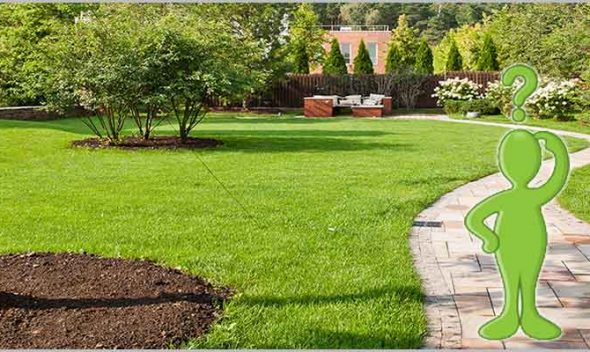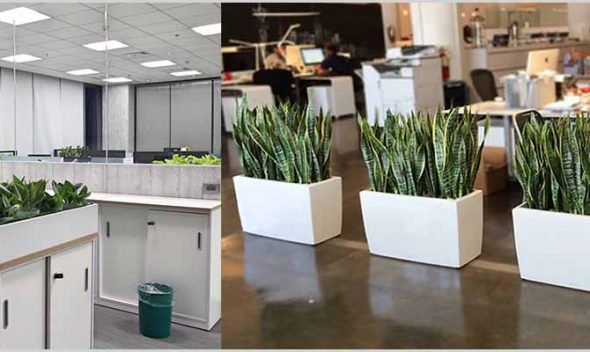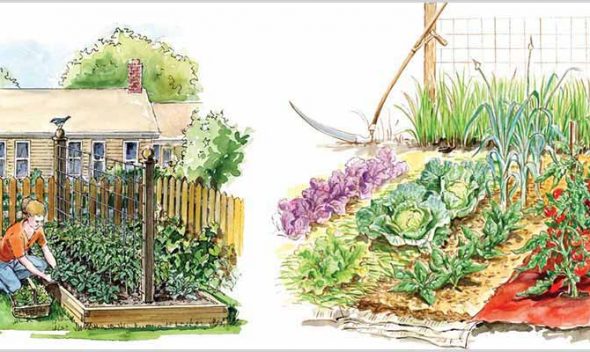Planning Indoor Plantscaping
Interiors design Hardly completes without plants!
Planning indoor plantscaping is not a daunting task, though it requires to have aesthetic sense as well as understanding of plants, their efficiency in air quality improvements, their effect on human behaviors, their feeds and their pests to get the best out of plantscape. Indoor plantscaping covers several key areas of landscape such as indoor gardens, corner gardens, green walls, potted plants, miniature gardens and dish gardens etc.
Lately, plants have become integral part of interiors for a multitude of reasons, apart from enhancements to visual and architectural features, people are more concerned about indoor air quality. In recent, several scientific study reports highlight noticeable improvements in human efficiencies when plants present around living areas, plants help to make indoor space healthier, lift work spirit, boost mood, improve productivity and increase multitasking significantly.
Benefits of INDOOR plantscaping
Plants placed indoors help to increase creativity and reduce mental stress, several study reports show boost in productivity when plants placed around living area, in addition to adding elegance plants help to clean VOC and reduce sick building syndrome. Lets have a quick look to the benefits of good indoor plantscaping:
1. Plants improve visual effects
2. Plants ease out stress and fatigue
3. Plants increase productivity
4. Plants boosts creativity
5. Plants eliminate sick building syndrome
6. Plants clean air pollutants
7. Plants reduce noise levels
8. We want to be associated with the nature
Indoor Plantscaping Design Considerations
Plantscaping is relatively a new term used in place of interiors landscaping, more appropriately it is a unit of interior decoration that is focused to plants and containers inside the buildings and offices. In countries such as India, living space is getting compact day by day due to the ever increasing population. People spend around 90% percent of there time indoors either at work place or home. Modern multi story buildings offer measured space to fulfill all the fantasies dwellers may have.
Indoor plantscaping requires well planed plants, planters and their placements to not create obstructions to the normal movements within the house. Plants should neither be overwhelming nor lesser than the number required to maintain the exotic aura. In modern buildings we often find space constrains for large plant containers specially during indoor plantscaping, rarely a few can be accommodated. Vertical gardens within the house are becoming another prominent player as those need unused wall to create lush green prolific and exotic gardens. . Lets have a look to the points need to consider during planning indoor plantscaping:
1. Identifying the area
2. Selecting right type of planters
3. Choosing right type of plants
4. Deciding sanitized potting mediums
5. Utilizing scientific techniques
6. Proposing corner gardens
7. Introducing vertical gardens
8. Opting right type of irrigation mechanism
9. Inducting smart pest management
Knowing Common Pollutants
When we think pollution, we think its all about outdoors, we are safe inside the building. Several studies reveal modern sealed buildings are 10 – 15 times more polluted than the outdoors. There are several chemical agents present in and around living areas, modern construction techniques, use of synthetic materials, poor ventilation, used electronics, flooring etc emit life threatening chemicals, which is scientifically known as SBS (Sick Building Syndrome). Lets have a look at some of the chemical compounds and their sources:
Trichloroethylene – Found in printing inks, paints, lacquers, varnishes, adhesives, and paint removers. Symptoms associated with short-term exposure include: excitement, dizziness, headache, nausea, and vomiting followed by drowsiness and coma.
Formaldehyde – Found in paper bags, waxed papers, facial tissues, paper towels, plywood paneling, and synthetic fabrics. Symptoms associated with short-term exposure include: irritation to nose, mouth and throat, and in severe cases, swelling of the larynx and lungs.
Benzene – Used to make plastics, resins, lubricants, detergents, and drugs and found in tobacco smoke, glue, and furniture wax. Symptoms associated with short-term exposure include: irritation to eyes, drowsiness, dizziness, headache, increased heart rate, confusion and in some cases can result in unconsciousness.
Xylene – Found in rubber, leather, tobacco smoke, and vehicle exhaust. Symptoms associated with short-term exposure include: irritation to mouth and throat, dizziness, headache, confusion, heart problems, liver and kidney damage and coma.
Ammonia – Found in window cleaners, floor waxes, smelling salts, and fertilizers. Symptoms associated with short-term exposure include: eye irritation, coughing, sore throat.
Nitrogen Dioxide (NO2) – This harmful gas is formed by emissions from vehicles and factories during the burning of fuel. It is high in concentration in regions that are congested with vehicles and traffic. The gas is a respirator irritant, causing specific damage to the cardiovascular and respiratory system. It is known to cause airway inflammation among healthy individuals.
Sulphur Dioxide (SO2) – A highly reactive gas that carries a smell which is pungent and irritating, suplhur dioxide is formed by the burning of fuels in industries and factories. Its presence in the air results in the irritation of the lining of lungs, throat and nose, worsing the sysmptoms of patients with existing respiratory diseases such as asthma, and other cardiovascular problems.
Suspended Particulate Matter – Suspended Particulate Matter, or SPM, refers to the suspended solid and liquid particles in the air that are too small in size to be seen with the naked eye. Its short effects include irritation of the eyes and the respiratory tract, with the long term exposure causing asthma and weaker cardiovascular function.
Common issues with the plants
Poor plants selection, placements and care can result plantscape to look ugly and cause investments go waste in short span of time. We must acknowledge the fact that plants are living beings need little sensitivity towards them. Lets have a quick to look the list of pests commonly impact to the plants:
Mites – Mites cause pin-head sized dots, known as stippling, throughout the leaf which gives entire plant a yellowish appearance, these are hard to detect and spread like wildfire, especially in the summer as they love dry, warm conditions.
Mealy Bugs – Mealy bugs are small, roundish, white cottony tufts which are easy to spot. Mealy bugs secrete honeydew which leaves a sticky, shiny surface on the plant that can harbor sooty mold, a blackish unattractive film which can pose a threat to the plant.
Scales – Scale are small, roundish, brown or gray, hard scab-like pests that can be found all over on the plant. Like mealy bugs, scale secrete honeydew, these are quite persistent and adhere to the plant even after the pests are dead.
Care, prevention, early detection and timely treatment help alleviate most types of pest infestations. Maintaining proper moisture level and providing adequate lighting can help to reduce such problems as pests are usually found weak plants and on new growth where plants are more tender and easier to penetrate, spraying diluted/rubbing alcohol, liquid soap with a dab of vanilla to mask medicinal smell will dry the protective outer shell of the insects. Regular spray of neem oil is one of the best pest prevention mechanisms.
Reference link : Planning Office Plantscaping









Leave a comment
You must be logged in to post a comment.